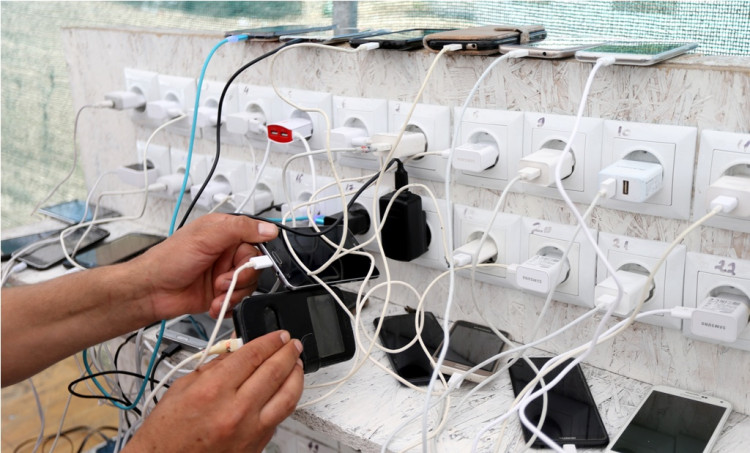Earlier this year, the smartphone industry was surprised to learn that Huawei is planning to launch smartphone models with graphene batteries. Later, the Chinese tech and telecom giant denied the report. Interestingly, this kind of battery is almost ready for mass production, but it appears that smartphone makers are not yet releasing any model with graphene battery.
Benefits of Graphene Battery
Digital Trends recently talked to CEO Samuel Gong of Real Graphene. The executive shares a lot about the benefits of integrating Graphene with a lithium battery. He also reveals that the technology is nearly up for mainstream use.
According to Graphene Info, a graphene battery could be light and sturdy and ideal for high capacity storage. It could also shorten charging time and enhance battery properties. Lithium-ion batteries could be enhanced by integrating graphene material to the anode of the battery, according to the site. With graphene batteries, consumers would not need to purchase expensive battery replacements after a year or two. Graphene batteries could also allow slimmer smartphone design while offering more battery capacity.
The majority of the batteries in the market today can only accommodate between 300 and 500 charge cycles, says Real Graphene CEO Gong. However, graphene batteries are capable of managing approximately 1500 cycles. Essentially, graphene batteries could offer less heat, quicker charging time, and longer battery life.
Other Graphene Battery Details
The Real Graphene CEO also reveals that unlike Lithium-ion, graphene batteries are more expensive to produce. It costs around $25 per sheet, and a few years back, it costs around $300,000 per kilo. The company has just begun producing special graphene cells with manufacturers.
While the tech is not yet available on smartphones, some power banks with graphene batteries are already available in the market. In terms of cost, graphene batteries produced by real Graphene would be 30 percent costly than the conventional battery pack.
Consumers looking forward to their own smartphones with a graphene battery pack should consider that the price of the handset could increase. But, if you look at it in the long run, graphene batteries would allow longer battery life and fast charging. It could also provide 60 percent more capacity than the lithium-ion battery pack.
Graphene battery is a promising industry based on the recent report published by Markets and Markets. The worldwide market size is anticipated to increase from 168 million in 2024 to $609 million by 2030. With a lot of advanced technologies smartphone makers are introducing in its flagship models, it's about time that they unveil smartphones powered by graphene batteries.





